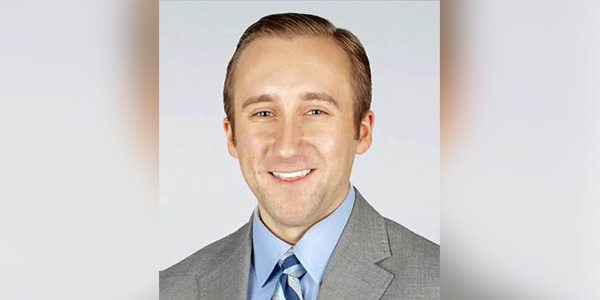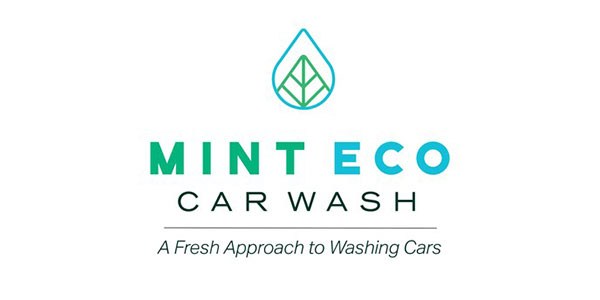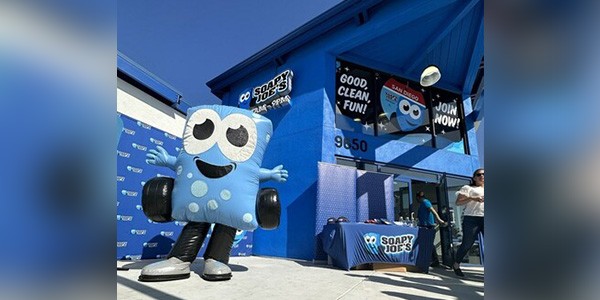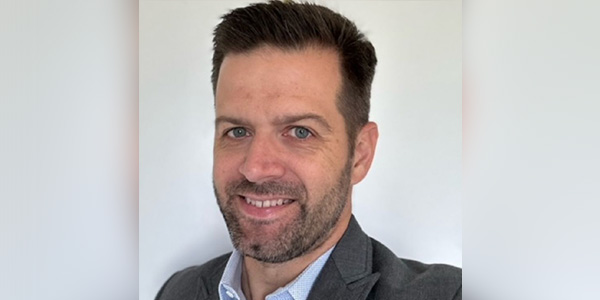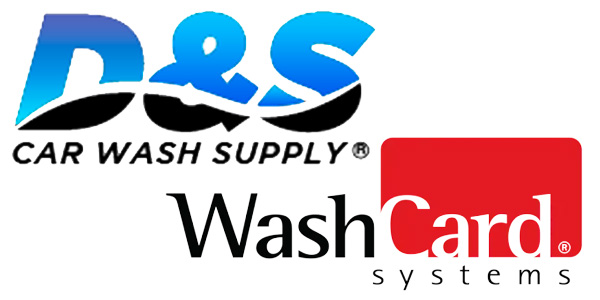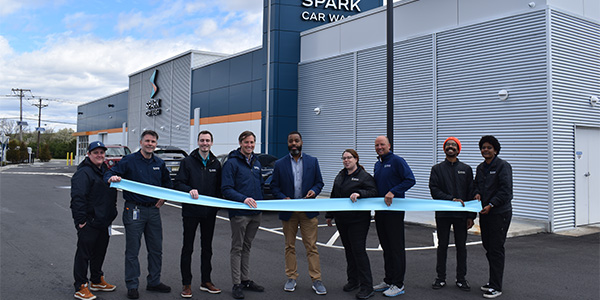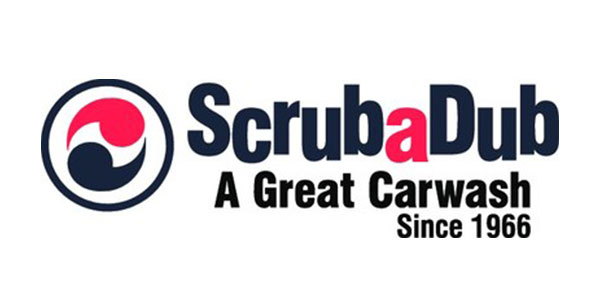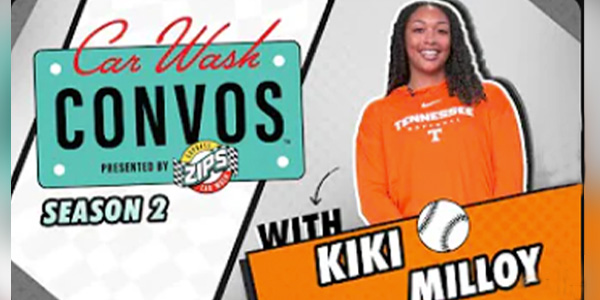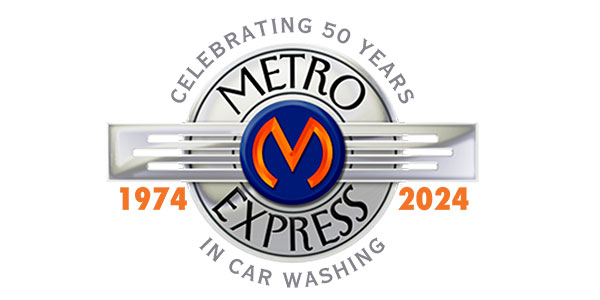Reverse osmosis (RO) purifies water by concentrating the impurities in the feedwater (i.e., salts) into a waste stream. The industry terms “permeate” and “concentrate” refer to the purified water and waste stream, respectively. The ratio of the permeate separated from the feedwater entering the RO system is defined as the “recovery” rate and is expressed as a percentage. For example, if 5,000 gallons per day (GPD) of permeate were produced from 10,000 GPD of feedwater, the recovery rate would be 50 percent.
As the recovery of permeate is increased (i.e., more pure water produced), the quantity of salts is increased in the concentrate (waste) stream. For example, if the recovery rate is 50 percent, then the concentration of salts in the concentrate is twice that in the feed stream. This “concentration factor (CF)” increases from two to four if the recovery rate is increased from 50 percent to 75 percent. The relation between the CF and the recovery (R) looks like this: CF = 1 ÷ (1-R), where R equals permeate flow divided by feedwater flow (expressed as a decimal).
The concentrate polarization factor (CPF) is another term used in the industry to predict the probability of scaling and can be defined as the ratio of salt concentration at the membrane surface to the salt concentration in the bulk stream. The CPF is a function of the permeate recovery rate and the membrane element geometry. In a typical RO system, the CPF ranges from 1.13 to 1.2, meaning that the concentration of salts at the membrane surface is 13 percent to 20 percent greater than in the bulk stream.
Determining the allowable recovery rate
To best determine the allowable recovery rate, it is important to know which specific ions and minerals are in the feedwater. As these impurities become more concentrated, several reach a point (i.e., CF) where they are no longer dissolved in water but precipitate and deposit onto the membrane surface and cause scaling. Scaling occurs on the concentrate end of the final (tail) elements of the RO system’s last vessel stage.
Several of these “sparingly soluble salts” are listed below in decreasing order of frequency of scaling issues:
- Calcium carbonate, CaCO3
- Calcium sulfate, CaSO4
- Silica, SiO2
- Barium sulfate, BaSO4
- Strontium sulfate, SrSO4
- Calcium phosphate, Ca3(PO4)2
- Iron hydroxide, Fe(OH)2.
Since groundwater and surface water commonly contain calcium carbonate at concentrations close to saturation, calcium carbonate is the most frequently encountered scalant in operating RO systems. The solubility of calcium carbonate is dependent on the pH of the concentrate stream. At lower pH (acidic conditions), calcium carbonate tends to stay dissolved in the concentrate.
One indicator of the potential for calcium carbonate scaling is the Langelier Saturation Index (LSI), which compares the pH of the concentrate stream with the saturation pH. The LSI is used for brackish waters (TDS < 10,000 ppm). An LSI > 0 indicates that the calcium carbonate in the concentrate is beyond the saturation point.
For very high brackish waters (TDS > 10,000 ppm), such as seawater, the Stiff & Davis Saturation Index (SDSI) is used more often. SDSI takes into account the effect increasing ionic strength of high TDS water has on the solubility of sparingly soluble salts. The density of ions in water with high TDS interferes with the precipitation of the sparingly soluble salt.
Read more on RO membrane scale control here.





